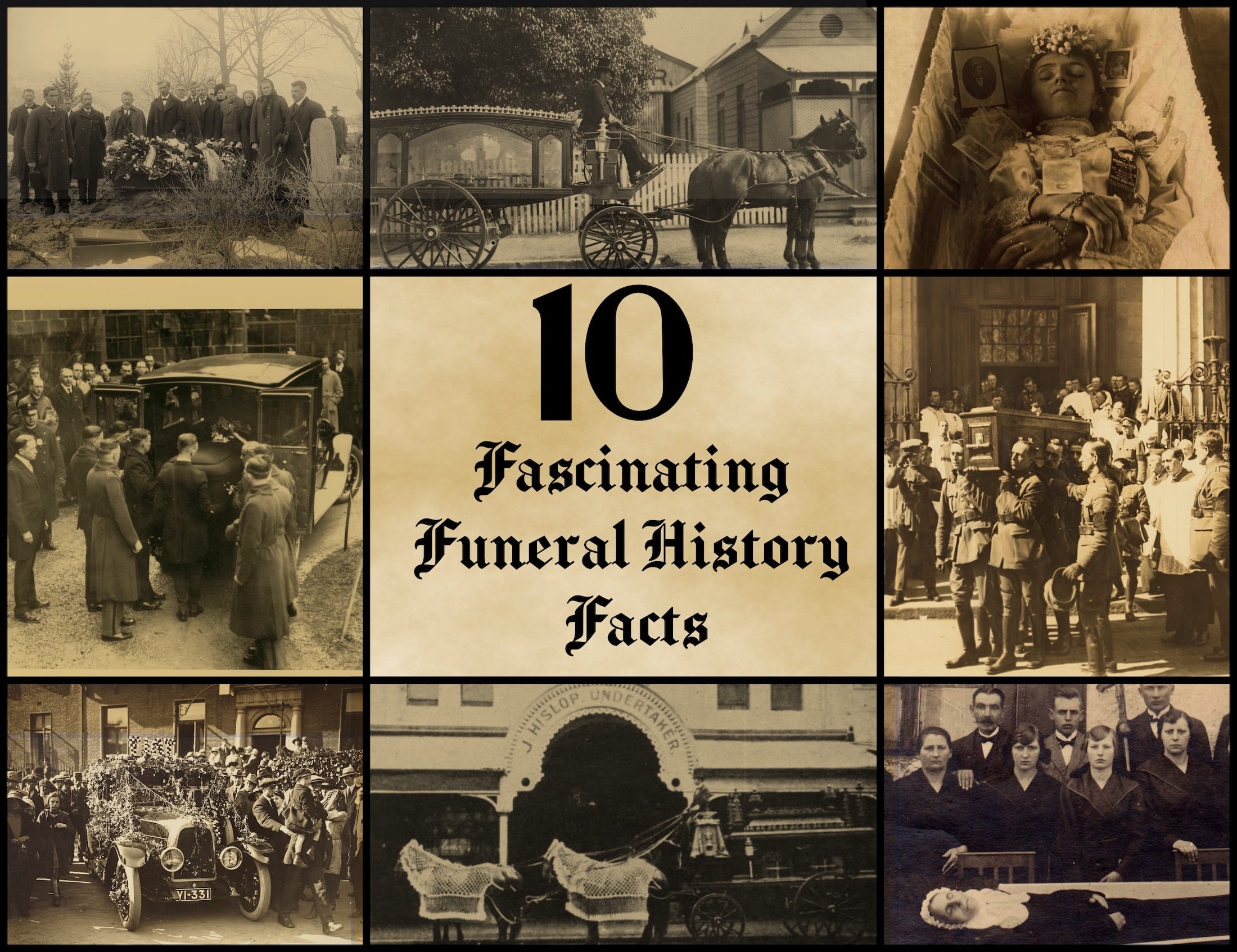Jan 13, 2022
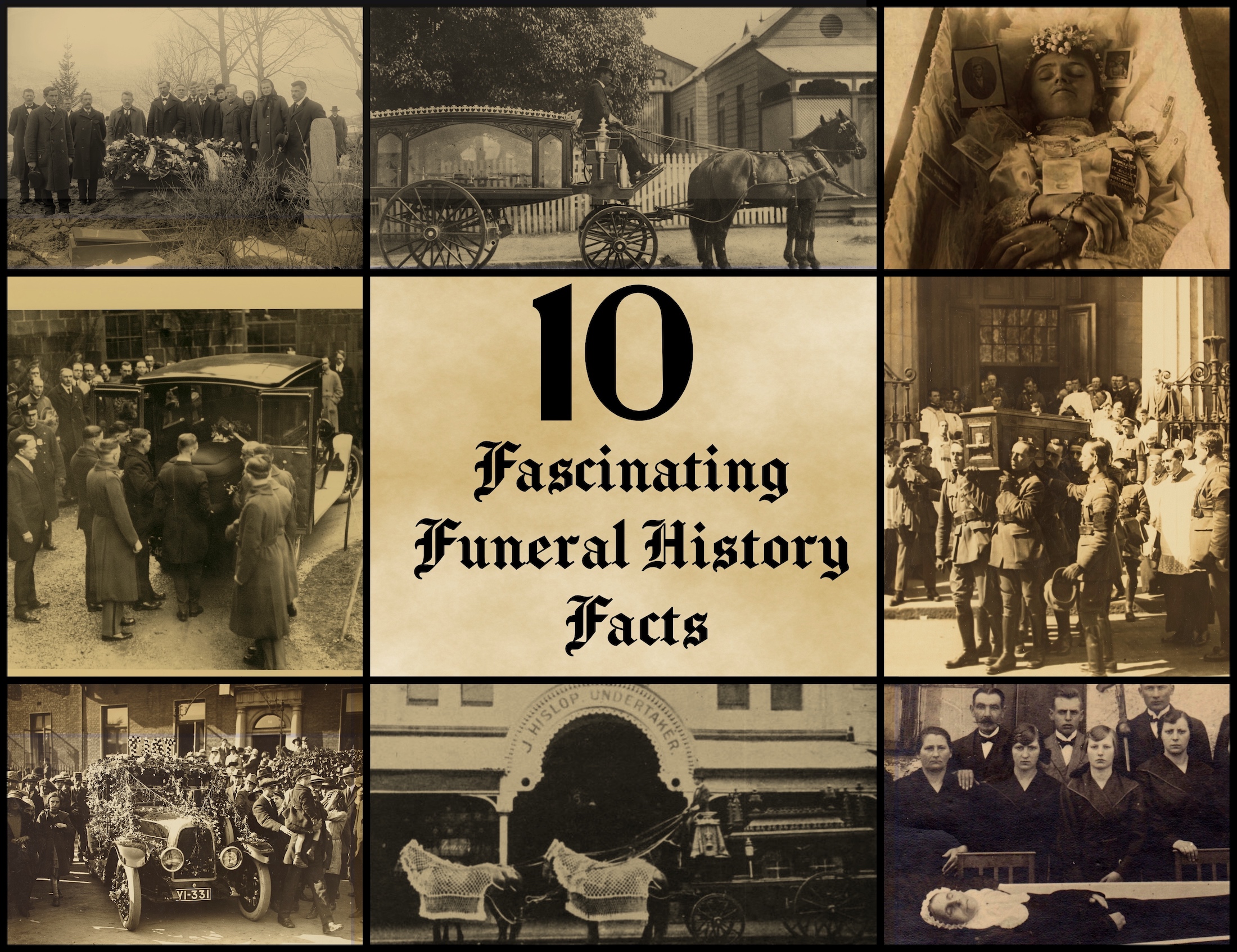
One of the things you come to learn from attending funeral home conventions is that funeral directors have a deep appreciation for the history of their trade. The evolution of mortuary science through the years is a topic that continues to fascinate many, leading to the establishment of collections such as the National Museum of Funeral History and the Famous Endings Museum.
At just about every NFDA Convention, you can expect to find an antique hearse or vintage embalming supplies on display. Conferences very often feature speakers like Cremation Historian, Jason Engler, who regal attendees with stories about ancient funeral traditions. Even at social events, you can expect to find morticians trading fun “did you know…” stories with one another involving the history of deathcare. It is a passion that is shared by many who work in the funeral profession, including us here at ASD.
Over the years, we have had an opportunity to learn quite a lot of fascinating historical narratives involving funerals and memorialization. One of the things we have come to discover is that there is a treasure trove of truly captivating and surprising stories buried within the footnotes of deathcare’s past. While these untold chapters were likely not included on your funeral boards or mortuary school readings, they make for great conversation fodder at any cocktail party.
So, without further ado, here are our Top 10 Fascinating Funeral History Facts
1. The word ‘mortician’ was first published in 1895 in The Embalmers Monthly as a suggestion to replace the word ‘undertaker.’
Have you ever been a part of a naming committee and needed to give your feedback on a new name for a mascot, building or program? Well, imagine being tasked with having to come up with a name for an entire group of professionals? After the practice of embalming became widespread due to the Civil War and Lincoln’s famous funeral procession, funeral directors of that era wanted a new title to reflect the evolution of their trade. When they decided upon the word ‘mortician’ they were unfortunately met with a lot of derision from the general public (some things never change!). Nevertheless, mortician prevailed and is still widely used today.
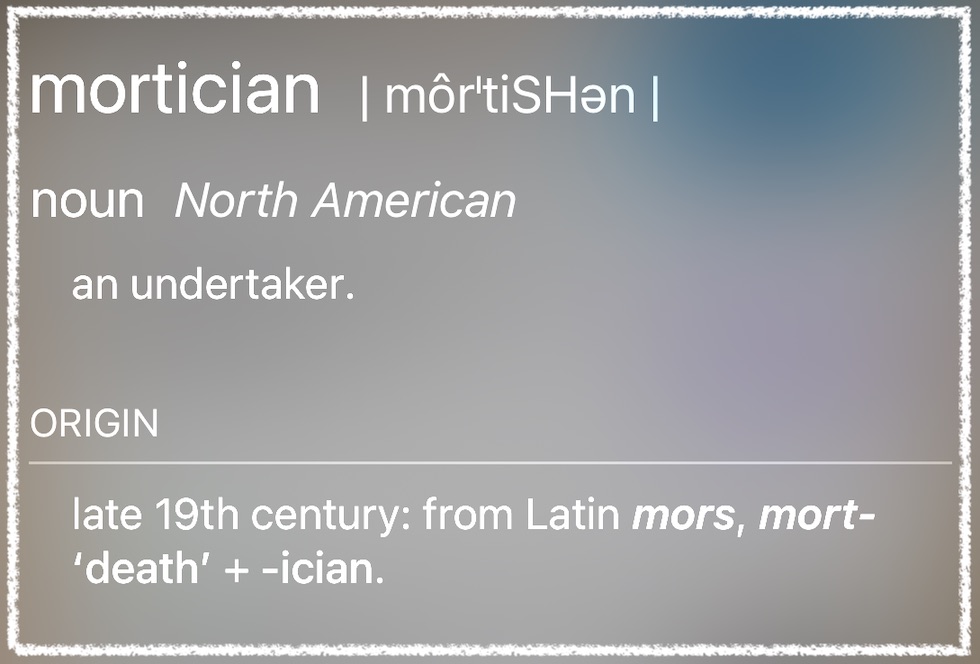
“The practitioners wanted to distinguish themselves from the undertakers of the past, and they needed a new name. So, Embalmers’ Monthly put out a call for suggestions. The next month they declared mortician the winner: It elegantly combined the Latin root for death, mort-, with physician, referencing embalming’s scientific, high-status connection with the medical profession. Of course, everyone except the morticians hated it.
Decades later, critics were still calling the word “ugly,” “affected,” and an “atrocity” of euphemism….Mortician seemed inflated and ridiculous; worse, it violated rules of word formation. Until mortician, there was no –ician word ending. Physician came from physic + ian, mathematician from mathematic + ian. Obstetrician, electrician, optician, statistician—all those prestigious words had a word ending in –ic as a base. What was mortics? There was no such thing…
Yet mortician refused to fade away or kick the bucket. Not only did the word stick around until people forgot it was once one of those pretentious made-up job titles, it gave life to the use of –ician as an ending of its own. One of them is still with us today: beautician. It makes sense. What the beautician enhances in life, the mortician preserves in death. And what is mortician if not a long-lived makeover for undertaker?”
Source: Mental Floss
2. President Grant’s memorial flowers have survived for 136 years.
Many families today will use the phrase in lieu of flowers in their loved one’s obituary to encourage other ways for people to honor the deceased rather than sending flowers. The reasons for this vary, but for some the thought of watching the floral displays wither and fall apart after the funeral is an unwelcome one. While this is certainly what ordinarily occurs, that wasn’t the case for former President Ulysses S. Grant’s memorial flowers which have remained intact since 1885! It is truly extraordinary how long something can endure if left completely untouched!
“Ulysses S. Grant spent the last six weeks of his life in a hilltop cottage in upstate New York, a few miles from the Hudson River. He died there at 8:08 a.m. on July 23, 1885, and the cottage has remained almost untouched since. Today, visitors can see much the same sight those mourners did: a six-foot-tall gate entirely constructed out of dried flowers. Nearby a sword made of flowers rests on an oversized pillow of flowers surrounded by smaller floral sculptures. After 136 years, Grant’s tributes have been drained of their bright colors—but the set pieces are mostly intact, which makes them a historical anomaly.”
Source: Atlas Obscura
3. A funeral director’s telephone invention, first patented in 1889, made switchboard operators obsolete.
Imagine this – you’re a funeral director working in Kansas City during the late 1800s. You are highly committed to serving families in the community and are doing everything right, but for no discernable reason your business is shrinking. Fewer families are contacting you for your services. Finally, one day, you identify the source of your lost business. Your biggest competitor has a wife working as a switchboard operator—and she’s sending all of your calls to him!
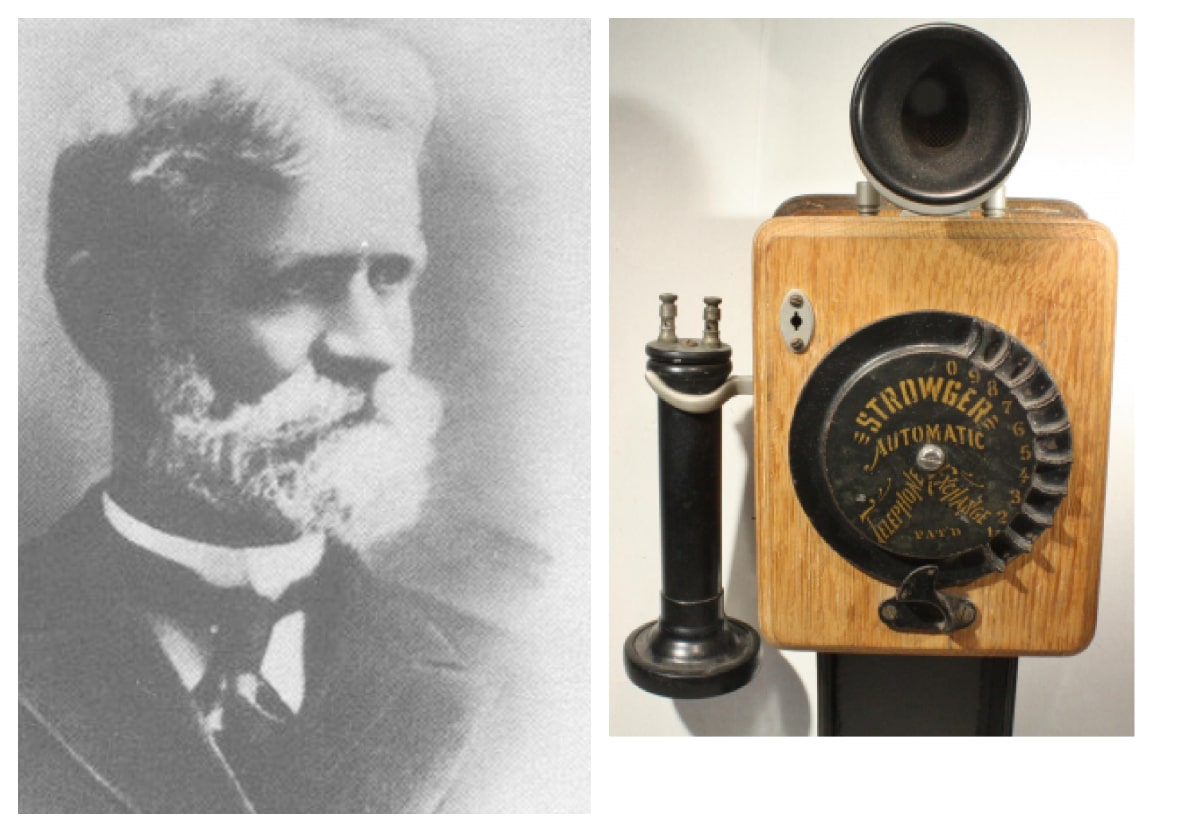
In 1889, Funeral Director, Almon Strowger, earned his place in history with a revolutionary new invention. Strowger transformed telecommunications with the first telephone exchange system and direct dial phone. Known as the “Strowger Switch”, this invention allowed phone calls to be directly connected without the need for a switchboard operator.
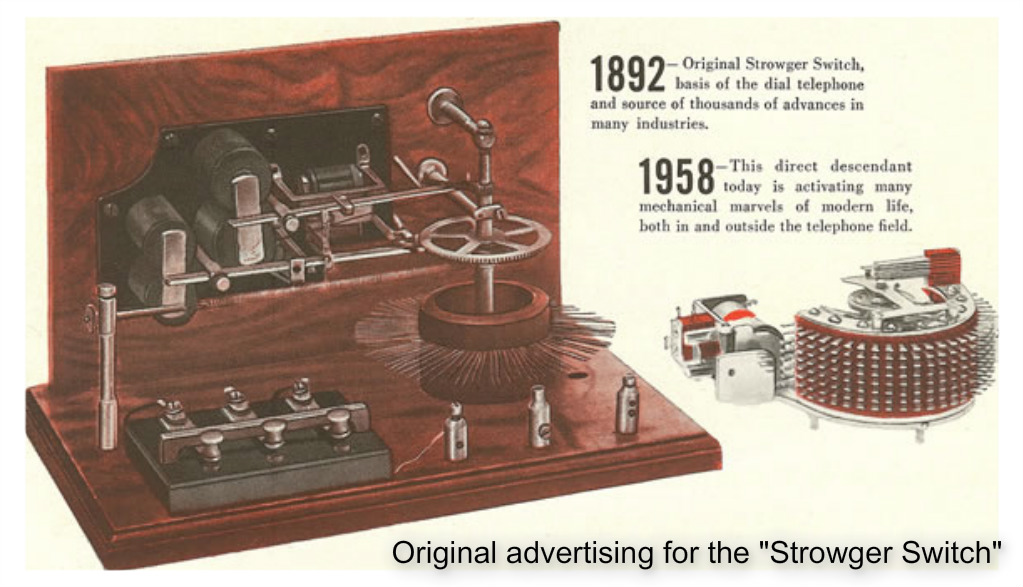
Strowger did not have any previous experience as an inventor (it is reported that he initially constructed a model of the Strowger Switch from a round collar box and some straight pins), but he became determined to find a solution that would prevent this dilemma from ever happening to him or another business owner again. By devising a method for customers to dial telephone numbers directly, Strowger not only solved his problem but eventually made an entire job industry obsolete by eliminating the need for switchboard operators.
Source: National Inventor’s Hall of Fame
4. The Five Fishermen Restaurant in Nova Scotia was once a mortuary that handled the burials of bodies recovered from the Titanic.
Fans of dark tourism and funeral history will want to make a reservation at this one-of-a-kind restaurant that lets you enjoy lobster and halibut in the same room where some of Titanic victims were embalmed. The Five Fisherman Restaurant in Halifax, Nova Scotia was once Snow & Company Undertakers, the funeral home which took possession of many recovered bodies from the Titanic, including John Jacob Astor IV.

“Rescue operations took place out of Halifax, the nearest mainland port. John Snow [the mortician] boarded the cable repair ship Mackay-Bennett, taking with him 125 coffins, embalming fluid and iron to weigh down bodies buried at sea. The wealthier victims were brought back to the mortuary on Argyle Street.”
Nearby at the Maritime Museum of the Atlantic, also located in Halifax, the mortuary bags used to recover the bodies at sea can be seen on display.
Source: Atlas Obscura
5. Every other year, controversial leader, Vladimir Lenin’s 151-year-old body is re-embalmed by Russian scientists.
Embalmers feel a great deal of pride when families praise their work and ability to make the deceased appear in death as they were in life. Well, imagine if after nearly 100 years, people were still lining up to view your embalming work. In the case of Vladimir Lenin, the leader of the Bolshevik Revolution, an entire team of Russian scientists have employed experimental embalming methods to preserve the communist revolutionary’s body for public display. The Russian method focuses maintaining the body’s physical form (look, shape, weight, color, etc) but not its original biological matter. Lenin can be viewed for five minutes at a time in small groups under the watchful eye of guards in every corner of the room.
“All that is preserved of Lenin’s body, incidentally, is his skeleton, skin, muscle tissues, and outward “form.…Nearly a century later, a team of anatomists, biochemists, and surgeons work around the clock to maintain what remains of Lenin’s body…Every other year, the entire corpse is re-embalmed by submerging it in several different solutions: glycerol, formaldehyde, potassium acetate, alcohol, hydrogen peroxide, acetic acid, and acetic sodium. Each submersion takes about six weeks… Lenin’s body is constantly under surveillance for areas of deterioration and immediate repair. Painstaking attention is paid to the corpse’s external features.
Even today, nearly 30 years after the demise of the U.S.S.R., Lenin’s Mausoleum—just beyond the foreboding walls of the Kremlin and heavily protected by a goose-stepping honor guard—remains one of Moscow’s most visited tourist sites. Last year, more than 2.5 million people entered the carefully monitored and environmentally controlled tomb…You don’t have to be an admirer of Lenin to appreciate the stunning visual impression achieved by his keepers.”
Source: PBS
6. President Andrew Jackson’s pet parrot had to be removed from his funeral for shouting obscenities at mourners.
If you have a parrot, it says a lot about you! That was definitely the case for former President Andrew Jackson whose pet parrot famously cursed out attendees at his funeral service. When Jackson brought the African grey parrot home, named Poll, it was originally meant to be a gift for his wife. However, upon her death Jackson became the bird’s sole caretaker and overtime the parrot picked up on some of the President’s choice phrases. Talk about having a fowl mouth!
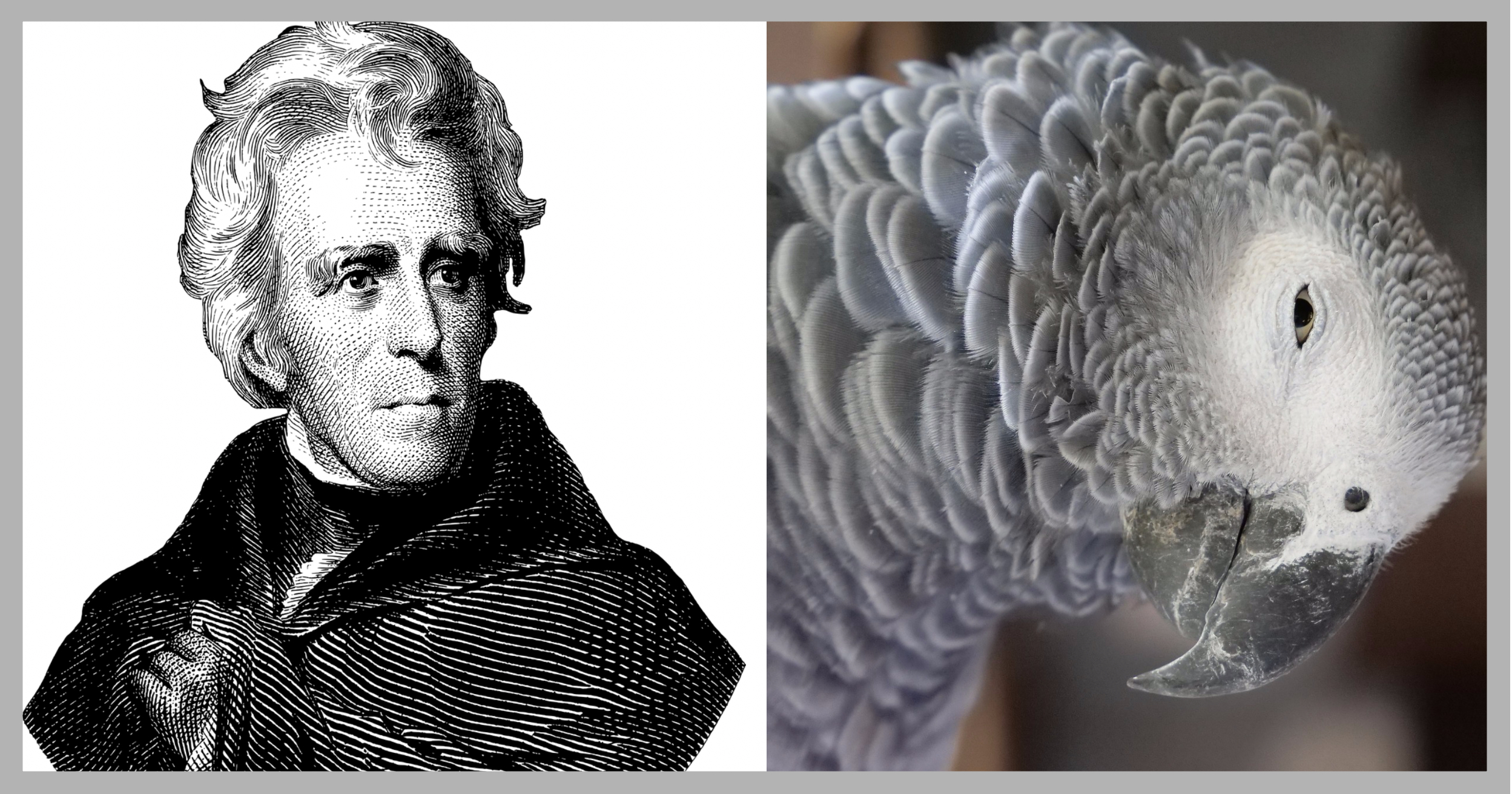
Volume 3 of Andrew Jackson and Early Tennessee History cites Reverend William Menefee Norment, who presided at Jackson’s funeral: “Before the sermon and while the crowd was gathering, a wicked parrot that was a household pet got excited and commenced swearing so loud and long as to disturb the people and had to be carried from the house.”
Rev. Norment goes on to say the presidential parrot was “excited by the multitude and … let loose perfect gusts of ‘cuss words.’” People were “horrified and awed at the bird’s lack of reverence.”
Source: The Hermitage
7. The first telephone prank calls on record were made to funeral homes.
“Some malicious wag… has been playing a grave practical joke on undertakers, by summoning them over the telephone to bring freezers, candlesticks and coffins for persons alleged to be dead. In each case the denouement is highly farcical, and the reputed corpses are now hunting in a lively manner for that telephonist.”
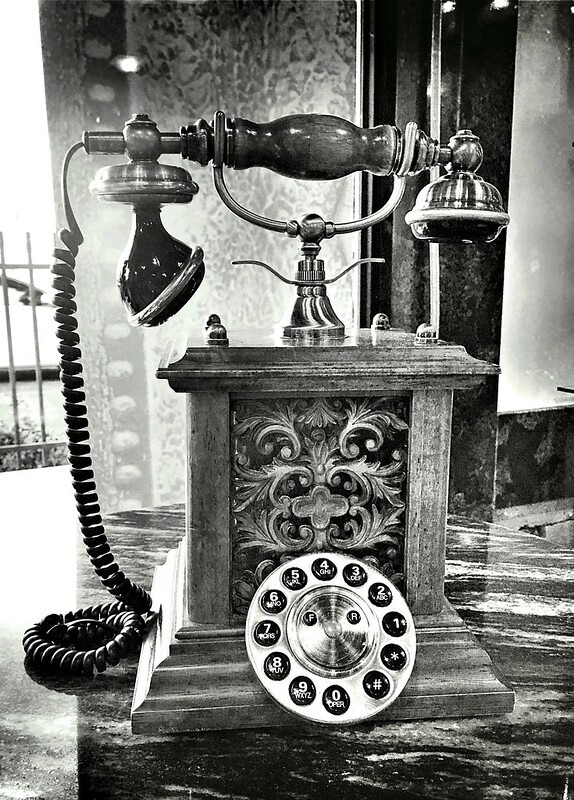
The description above is the first written account of a telephone prank call, published in the February 2, 1884 issue of the journal Electrical World. According to sources, prank calls to funeral homes made in the early days of the telephone were extremely common, much to the chagrin of 20th century undertakers. By 1920, the Milwaukee city morgue was apparently tied up so long fielding calls for Mr. Graves and Mr. Stiff, callers “failed for an hour and 45 minutes to inform the coroner of the death of a patient.”
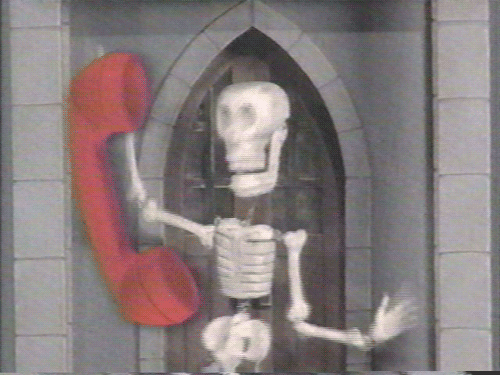
We can imagine how frustrating it must have been for those early funeral home professionals without ASD around to screen those pranksters out. We still receive calls today from people claiming to be calling from inside a casket or to report the death of “Mrya Mains” so we can confirm this trend has definitely not died out.
Source: Atlas Obscura
8. In the 18th and 19th Century, ornately decorated funeral biscuits or candies were traditionally handed out to mourners.
It is interesting to look back on how traditions evolve and trends come back around in new forms. In modern times, it has become increasingly more popular for families to want to personalize their loved one’s funeral services. There are many ways to do this, but one method is to give out some sort of token to guests that represents something the deceased person loved. For instance, giving attendees a packet of seeds at a funeral for someone who loved gardening or handing out cookies during memorial for someone who loved baking.
 Cookies being given out at a funeral service handled in recent times. (Shared via Hansen-Spear Funeral Home.)
Cookies being given out at a funeral service handled in recent times. (Shared via Hansen-Spear Funeral Home.)
In the 18th and 19th century, guests at funeral services might also expect to receive some sort of parcel or edible item from the family. In 18th century Sweden, small sugar sculptures or ornately decorated hard candies were traditionally given out by families at funerals as well as other important events such as weddings or baptisms. Swedish funeral confectionaries were often designed with macabre elements such as black wrappers printed with skulls or graves.
In England and in other parts of the world during the Victorian era, funeral guests would traditionally be handed a sugared biscuit, often wrapped with white paper and sealed with black wax. Funeral biscuits, like the Swedish funeral candies, were sometimes stamped and decorated with memento mori or motifs such as skulls, hourglasses or cherubs. This tradition was also carried over to early America where it was common among British and German Americans from Virginia to Pennsylvania. This trend continued up until the first World War when it was phased out due to wartime rationing.
Source: Atlas Obscura
9. In 1878, a “coffin torpedo” was introduced as a device to ward off grave robbers
This one sounds like it came from an episode of Tales from the Crypt, but there really was once a thing called a “coffin torpedo” that was marketed and sold to defend graves from would-be body snatchers. However, before your brain starts wondering if any of those graves in your local cemetery from the late 1800s are crammed with ancient booby traps, we should probably make it known that these devices were rarely, if ever, actually used.
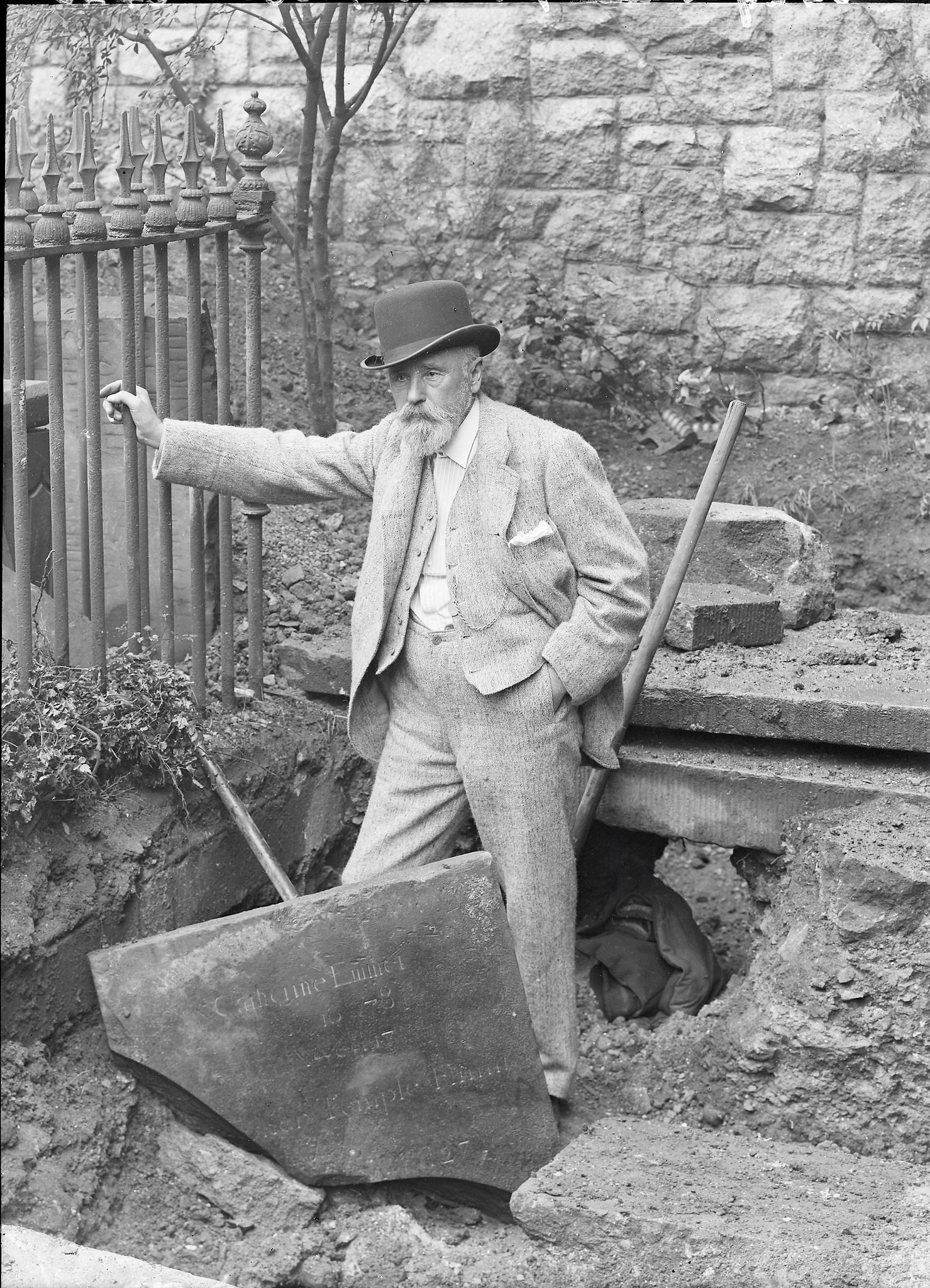
The coffin torpedo is an invention made in hopes of profiting from another person’s paranoia. Fear of body snatchers was a very real thing in the late 1800s. Grave robbers became common in part because medical schools needed cadavers for experiments. At least 12 body-snatching scandals were reported in 1878 alone. Thus, the coffin torpedo was born. The device functioned like a small shotgun secured inside the coffin lid. There were also similar contraptions patented at the time designed to work much like a landmine and detonate when thieves ran into wiring near the casket.
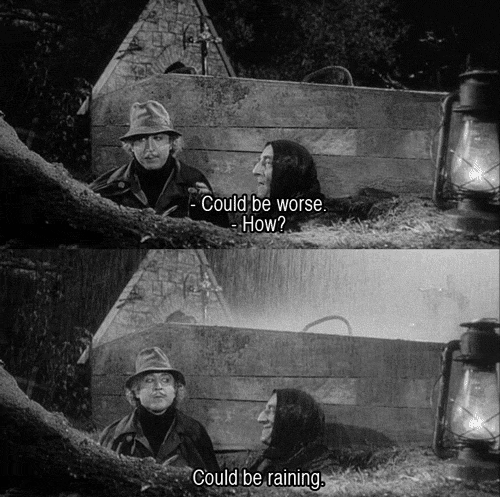
…could also be a grave with a torpedo in it!
For a period of time, the devices made for delicious gossip fodder and were mentioned in many catalogs and newsprint. However, “there is little to actually suggest they were widely manufactured or commercially successful.” Other more practical inventions, such as casket locking mechanisms and cast-iron vaults were invented to achieve the same goal and have been recovered archeologically. All of this suggests that the idea of a coffin torpedo was much more prevalent than the device itself. Still, it is a little unsettling to think there could be a few of them buried somewhere, waiting to make their presence known.
“For the most part, these devices seem to have been used very little,” says anthropologist Dr. Kate Meyers Emery. “They were definitely oddities designed to make money off of the widespread fear about body snatching. The truth is, most of the time you really just needed someone to watch over your grave for a few days or weeks to make sure that the body had time to decay and wouldn’t be of use.”
Source: Atlas Obscura
10. American Patriot, Paul Revere, was the first person to identify a body through dental records.
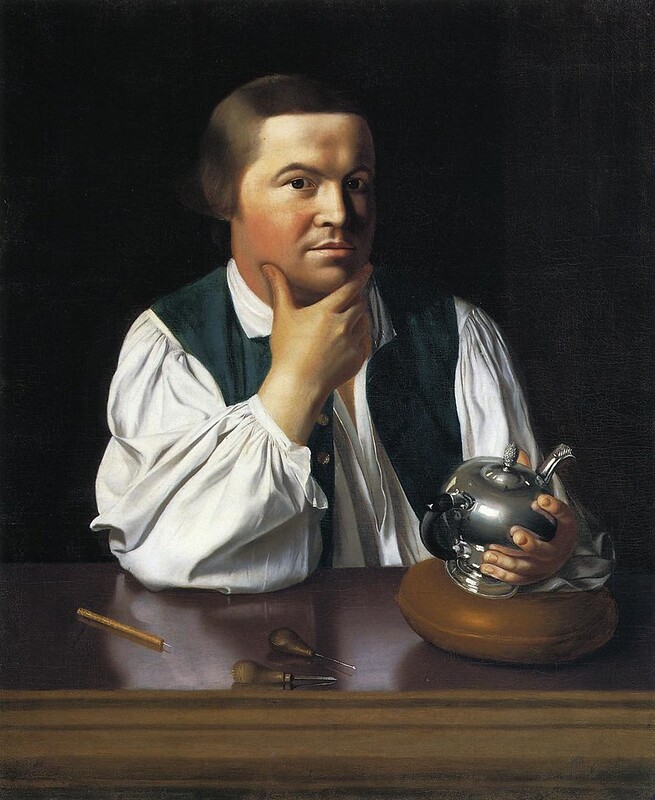
While he’s best known for being the man who warned the colonists that the British were coming during the American Revolution, Paul Revere actually has another claim to fame many are not aware of. He was America’s first Forensic Dentist (also known as a “Dental Odontologist”), a title he earned after being the first man on record to ever positively identify a body using dental records. Revere had worked as a freelance dentist prior to the revolution and specialized in replacing missing teeth. When a close friend of his was killed by the British during the Battle of Bunker Hill and thrown in a mass grave, Revere was able to identify his friend from the dental work he had performed on him.
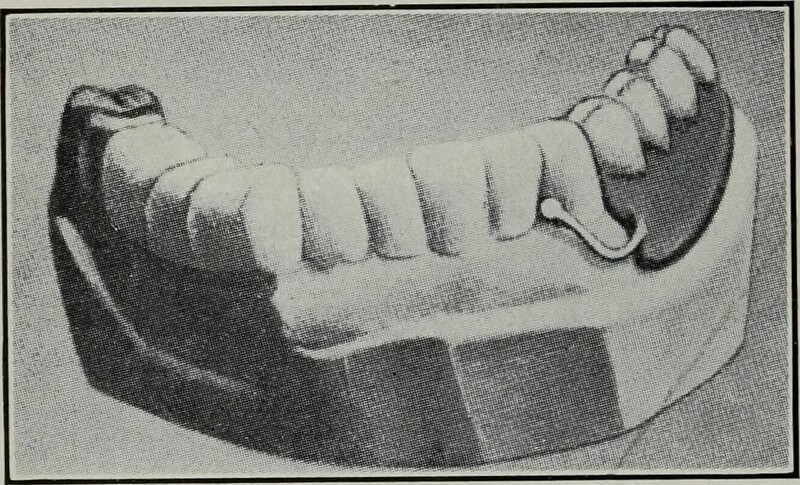
“Visual identification of the bodies inside was near impossible because they had decomposed. So Revere, the man who crafted the slain officer’s false teeth, was asked to locate Warren’s remains by finding the ivory dentures he crafted and wired to Warren’s jaw. Identification of a person based on their teeth was an unconventional technique in the 18th century. Paul Revere’s use of simple forensic dentistry is described by the National Museum of Health and Medicine as one of the earliest cases of forensic evidence used to identify a fallen American soldier.”
Source: Harrisburg Magazine
What did you think of our list? Did we miss any interesting tales from the history of funerals? Please share with us in the comments what you think are the most interesting chapters in deathcare’s past.
Related Reading
6 Things You Didn’t Know Were Invented By Funeral Directors
30 Little Known Facts About Funeral Directors
Overachieving Undertakers – How Funeral Director Inventors Changed History
About The Author
Jess Farren (Fowler)
Jess Farren (Fowler) is a Public Relations Specialist and Staff Writer who has been a part of the ASD team since 2003. Jess manages ASD’s company blog and has been published in several funeral trade magazines. She has written articles on a variety of subjects including communication, business planning, technology, marketing and funeral trends. You can contact Jess directly at Jess@myASD.com
